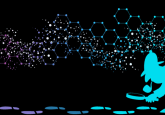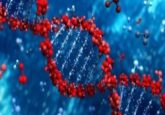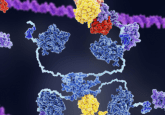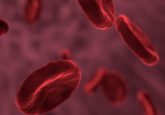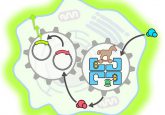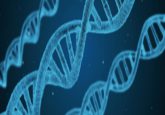In the beginning…

Small protein catalysts may have existed when life began.

Researchers from Rutgers University (NJ, USA) have established the first set of hard evidence that primordial peptide catalysts may have existed 4 billion years ago, when life first began. The team hopes to understand how protein catalysts evolved at the beginning of life.
The team computationally modelled and tested a short, 12-amino acid protein. The protein was built up from only two different amino acids and could have spontaneously appeared under the right conditions on Earth. There is a metal cluster at the center composed of iron and sulfur, which resembles the structure of abundant minerals in the early Earth’s oceans. It also remains intact when charging and discharging electrons.
“Modern proteins called ferredoxins do this, shuttling electrons around the cell to promote metabolism,” commented senior author Paul Falkowski. “A primordial peptide like the one we studied may have served a similar function in the origins of life.”
Earlier this year, another team of Rutgers University researchers discovered four chemical structures – “Legos of life” – that can be used to build the proteins inside every organism. It is thought that the small primordial protein may be the precursor to one of these longer structures.
The team will now aim to characterize the full potential of the peptide in order to understand how these peptides could have functioned in early life and continue the development of other peptides that may also have played a role.
